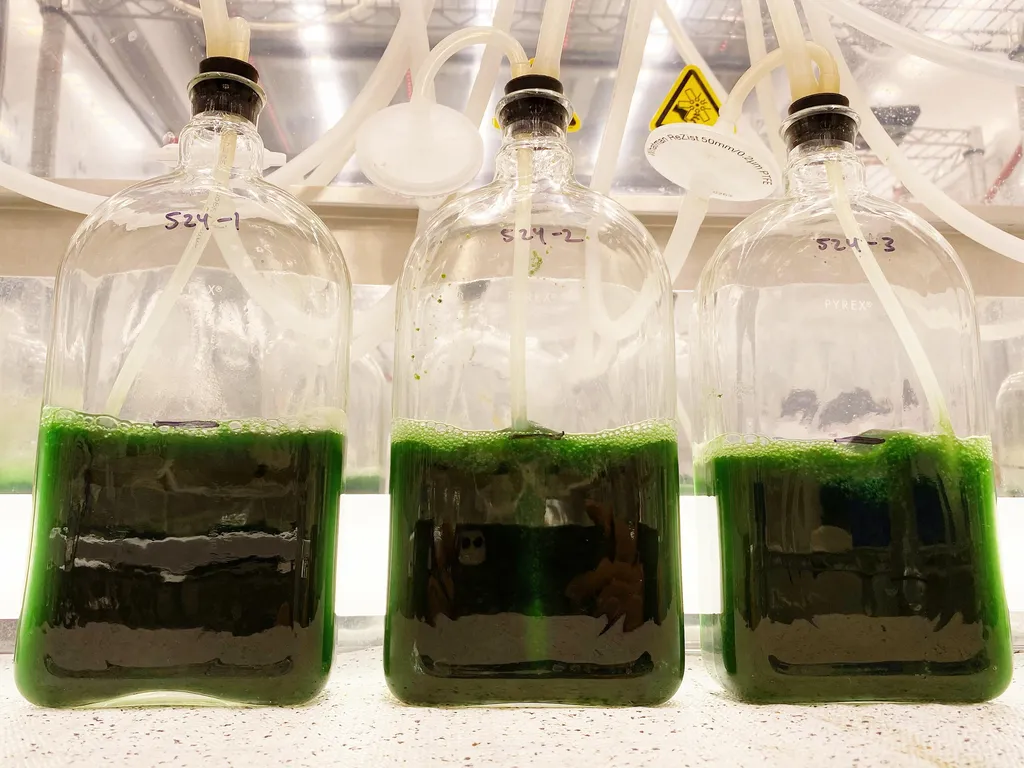In the heart of New York State, a silent battle is raging across its thousands of lakes. Algal blooms, fueled by human activity, are proliferating, posing significant threats to water quality, ecosystems, and even the energy sector. But a new study, led by Jillian A. Greene from the Annis Water Resources Institute at Grand Valley State University and NASA’s Climate Change Research Initiative, is arming stakeholders with a powerful new tool to monitor and combat this growing menace.
Greene and her team have harnessed the power of machine learning and remote sensing to estimate Chlorophyll-a concentrations, a key indicator of algal blooms, in New York’s lakes. “We’ve developed a model that can fill the data gap for lakes that haven’t been monitored,” Greene explains. “This is a game-changer for understanding and managing algal blooms on a large scale.”
The team utilized data from Landsat-8 and -9 satellites (2013–2023) and Sentinel-2 (2019–2023), processed with specialized atmospheric correction techniques tailored for inland waters. They combined this data with geospatial watershed characteristics to train several machine learning models. The Extra Trees Regression model emerged as the top performer, with a remarkable R² of 0.72 and an RMSE of 8.19 μg/l.
The implications of this research are vast, particularly for the energy sector. Algal blooms can impact water intake structures, increase treatment costs, and even affect power plant operations. “With this model, energy companies can proactively monitor algal blooms in water bodies they rely on,” Greene says. “This can help them anticipate and mitigate potential impacts, ensuring a more stable and secure water supply for their operations.”
Moreover, the model’s results will be publicly available, providing a comprehensive view of algal blooms across New York from 2013 to the present. This transparency can foster collaboration and informed decision-making among stakeholders.
The study, published in the journal ‘Ecological Indicators’ (which translates to ‘Indicators of the Environment’), is not just a leap forward for New York. The model procedure is easily replicable, paving the way for expansion to other regions. “This is just the beginning,” Greene notes. “We hope this work inspires similar efforts in other parts of the world, helping to combat algal blooms on a global scale.”
As we grapple with the realities of climate change and human impact on our environment, Greene’s work offers a beacon of hope. By leveraging technology and innovation, we can gain a deeper understanding of our ecosystems and make strides towards a more sustainable future. The energy sector, and indeed all of us, stand to benefit from this new perspective on monitoring and managing algal blooms.

